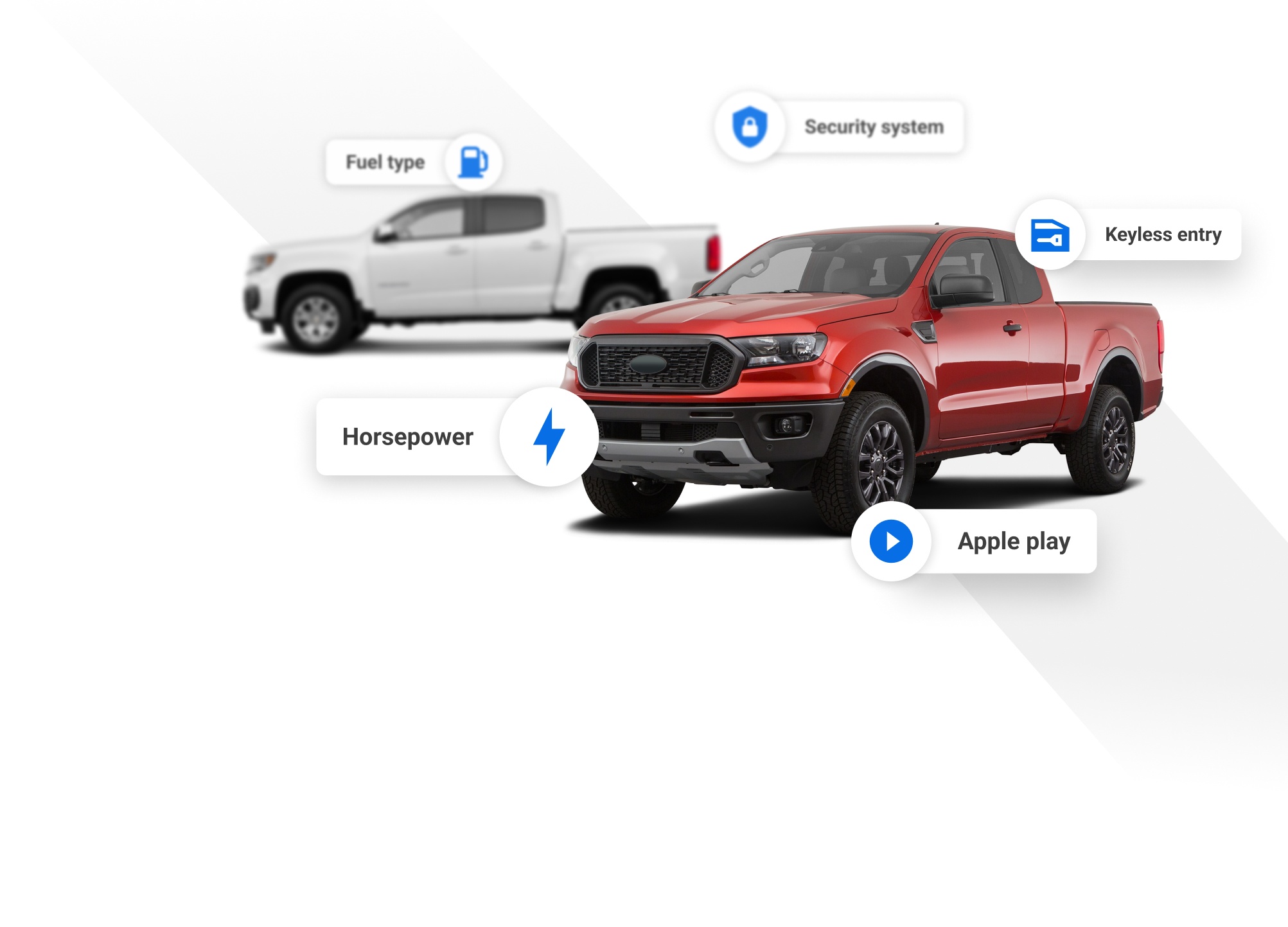
2018 Honda Ridgeline


Key Specifications for 2018 Honda Ridgeline






Buyer’s Guide
Now in year two of its second generation and more than a decade after its introduction, the Honda Ridgeline is still defending itself against criticism that it is not a real pickup truck.
Based on a mid-sized Pilot SUV whose underpinnings are also more car than truck, the Ridgeline moves unchanged into 2018 while continuing to trade on a number of novel features, like a dual-hinged tailgate and a watertight trunk built into the floor of the cargo bed.
Those useful tricks aren’t enough to convince critics who can’t get past the fact that the Ridgeline comes standard with AWD rather than a 4WD system with low-range gearing and can’t tow as much as mid-size competitors like the Toyota Tacoma and GM’s Chevrolet Colorado and GMC Canyon twins.
But never mind the haters: The Ridgeline is a comfortable and perfectly capable vehicle that can tow nearly 2,300 kg and carry 713 kg worth of cargo in its bed all while going over the road with nearly the same car-like feel as the Pilot seven-seat crossover from which it borrows is underlying architecture.
Ridgeline certainly lacks nothing in the power department, its 3.5L V6 easily keeping up with the competition with 280 hp and 262 lb-ft of torque. One of this truck’s fundamental differences compared to the Pilot is its exclusive use of a six-speed automatic transmission instead of Honda’s newer nine-speed, which you get in the Pilot’s top-end Touring trim level.
Criticize the Ridgeline’s car-based provenance all you want: Honda’s long experience in building fuel-efficient vehicles helped it create a truck that’s among the thriftiest in the market, with estimates of 12.8/9.5 L/100 km (city/highway) that only competitors with four-cylinder and light-duty diesel engines can beat.
There are five Ridgeline trims (LX, Sport, EX-L, Touring and Black Edition), all of which include niceties like passive keyless entry, 18-inch aluminum wheels, heated front seats, 8.0-inch display audio with Android Auto and Apple CarPlay smartphone integration and a multi-angle backup camera.
Also standard across the line are the active safety features marketed as Honda Sensing in its other models. Those include automatic emergency braking with forward collision warning, lane keep assist with lane departure warning and road departure mitigation and adaptive cruise control.
As you work your way up the trim ladder, Honda adds upscale features like heated rear seats and steering wheel, leather upholstery, ventilated front seats and a three-zone climate control system.
Other novel features include a bed fitted with “exciters” that turn the cargo area into a huge speaker so you and your truck can be the life of the tailgate party.
Review & Compare:
Photos




















































































































AutoTrader Review





















